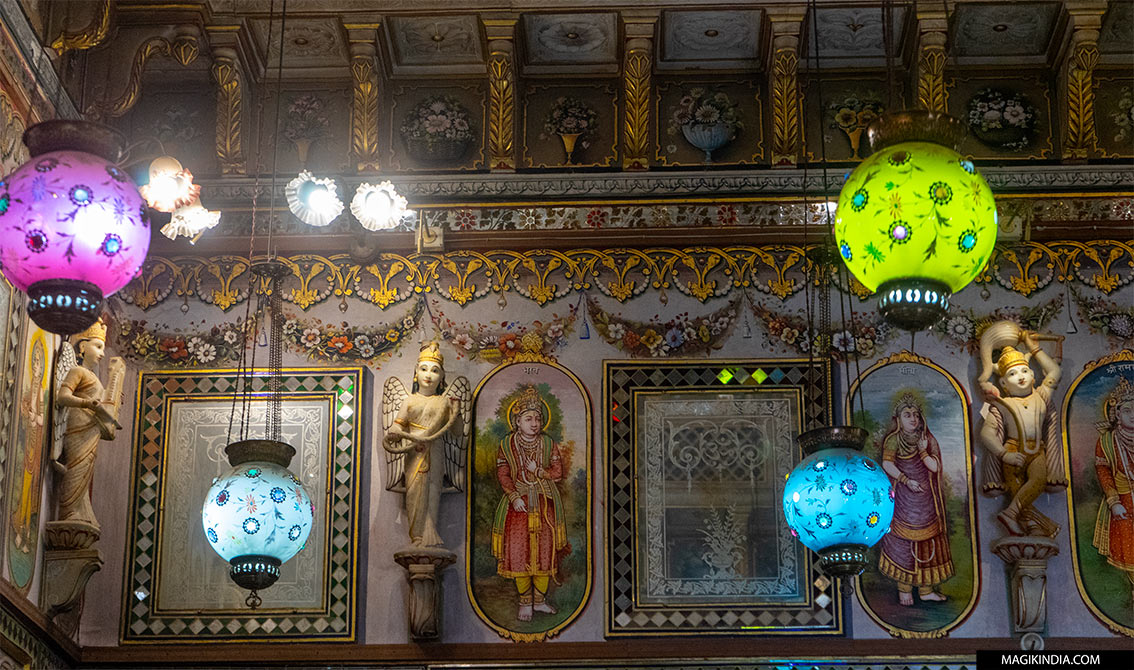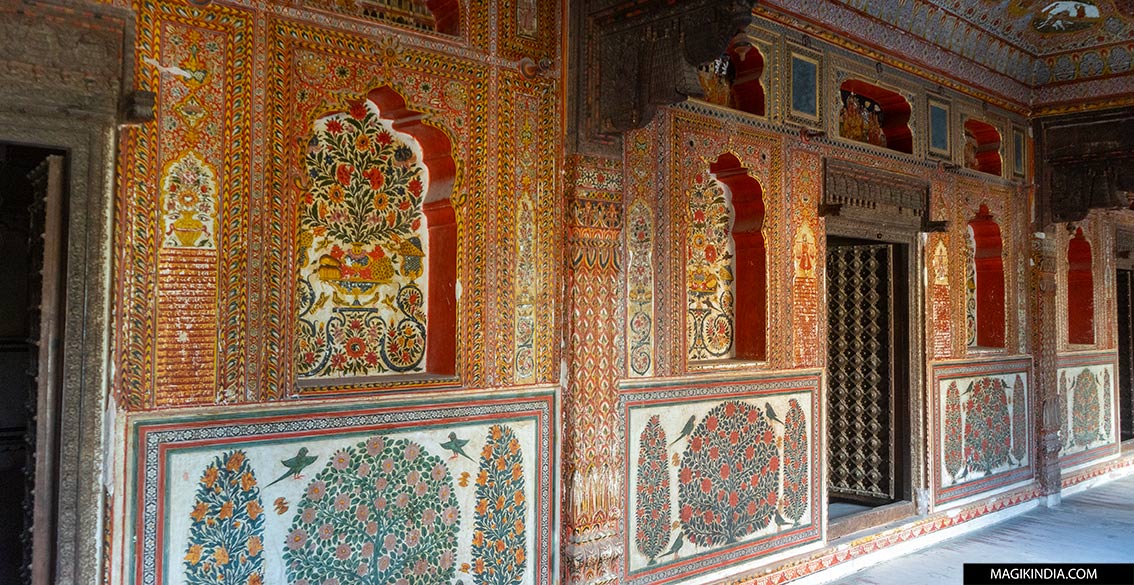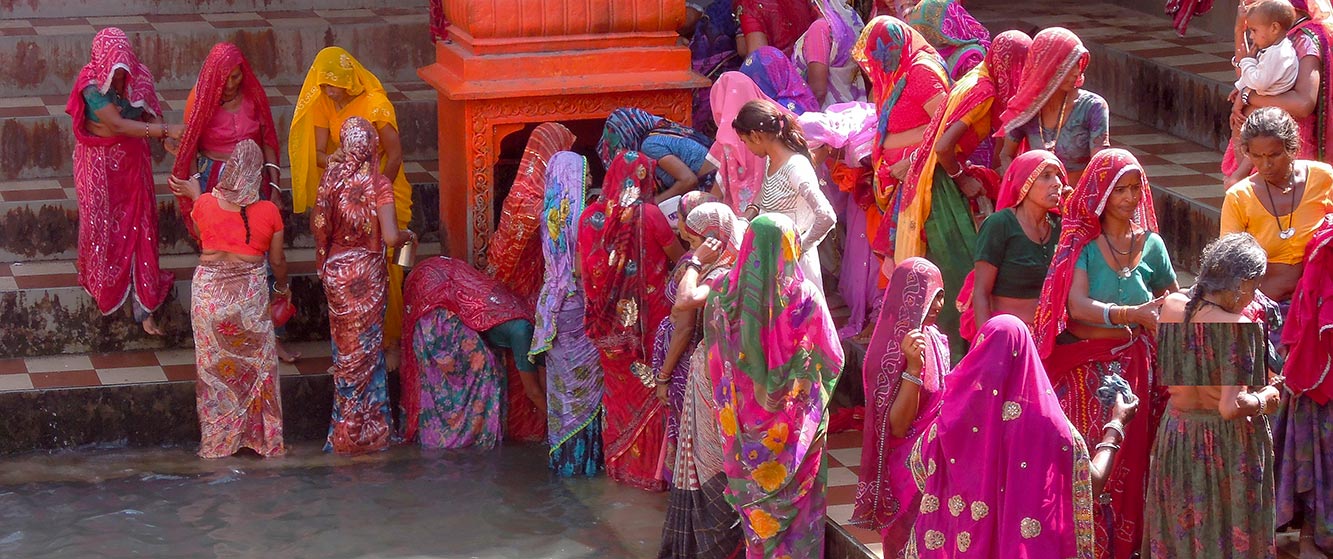
Lohargal, the sun temple of Shekhawati
Lohargal, located 30 km from Nawalgarh, is one of the major pilgrimage sites in the Shekhawati region (Rajasthan). Nestled in the heart of the Aravalli Mountains, among century-old banyan and mango trees, the village is home to a temple dedicated to Surya and a sacred pool that attracts large crowds of pilgrims; it is said that the Pandavas of the Mahabharata came to bathe there to atone for their sins.
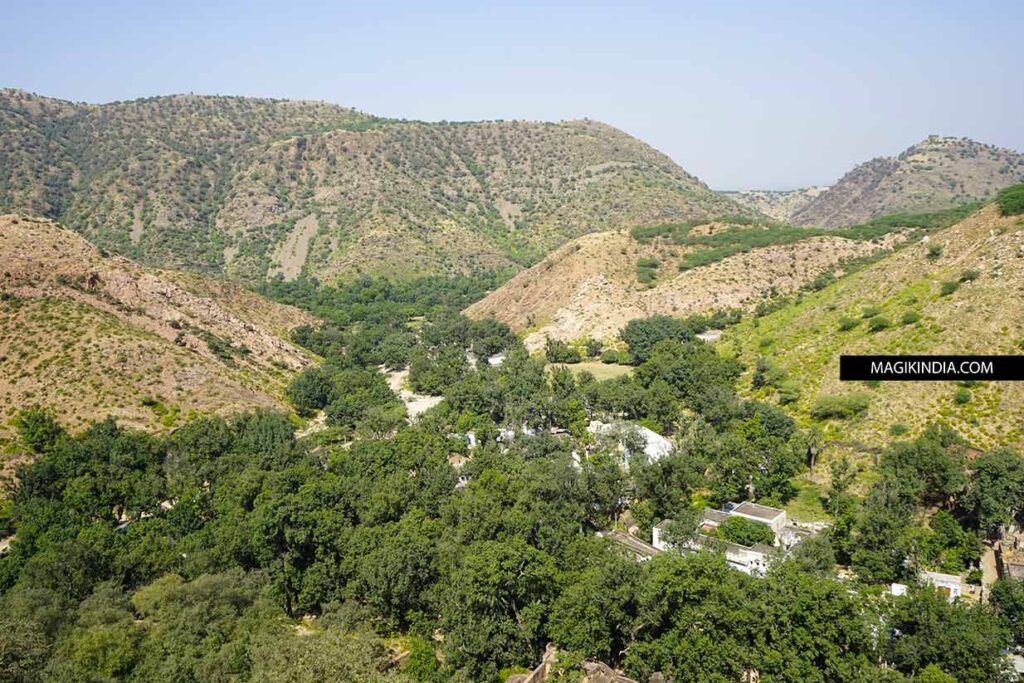
The road leading to Lohargal crosses the undulating landscapes of the Aravalli Mountains. The last few kilometers are punctuated by several temples of varying ages, such as the one dedicated to Parshuram (the sixth avatar of Lord Vishnu), who, according to popular belief, spent many years in Lohargal meditating.
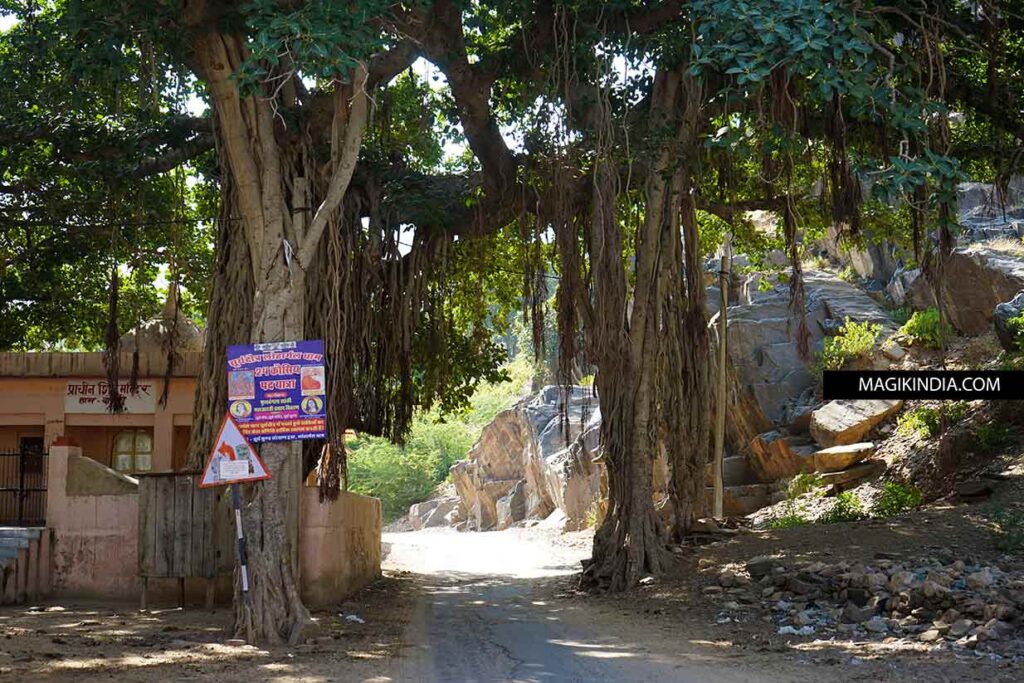
A short walk from this temple, the “Chetan Das Ka Baori,” one of the largest stepwells in Rajasthan, stretches 40 meters in length. Comprising seven floors and 108 steps, it was reportedly built by the local Thakur, at the request of a holy man named Chetan Das, 500 years ago. The architecture is remarkable, but the site is poorly maintained.
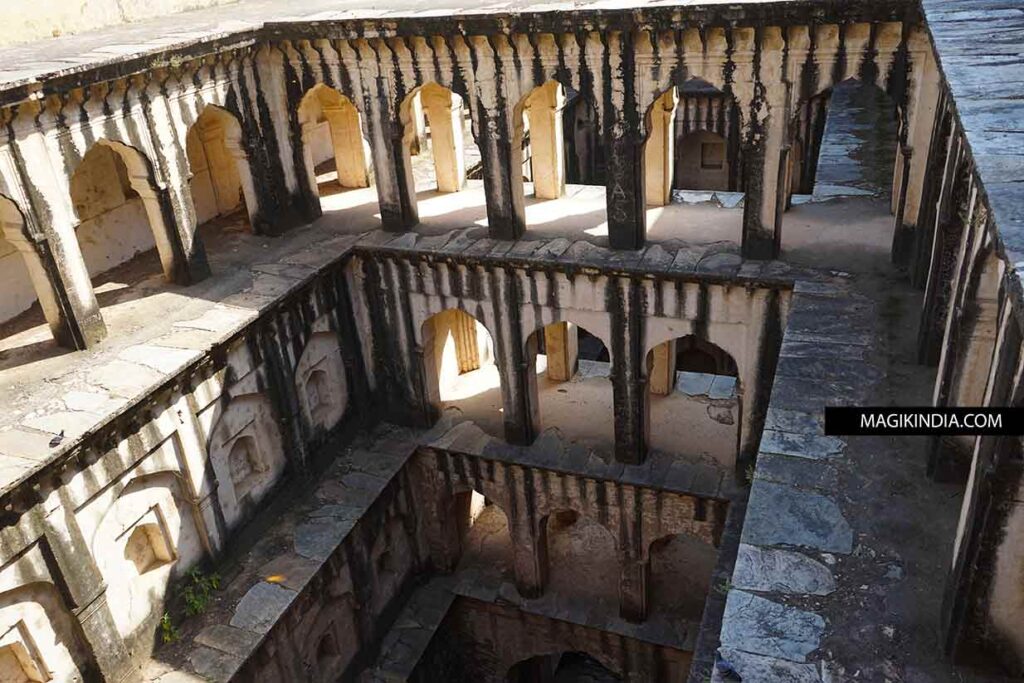
Arriving at the gates of the village, several houses with delicate frescoes, although wedged between two businesses, remind us that Lohargal must have been, at one time, as flourishing as Nawalgarh or the other flagship towns of Shekhawati.
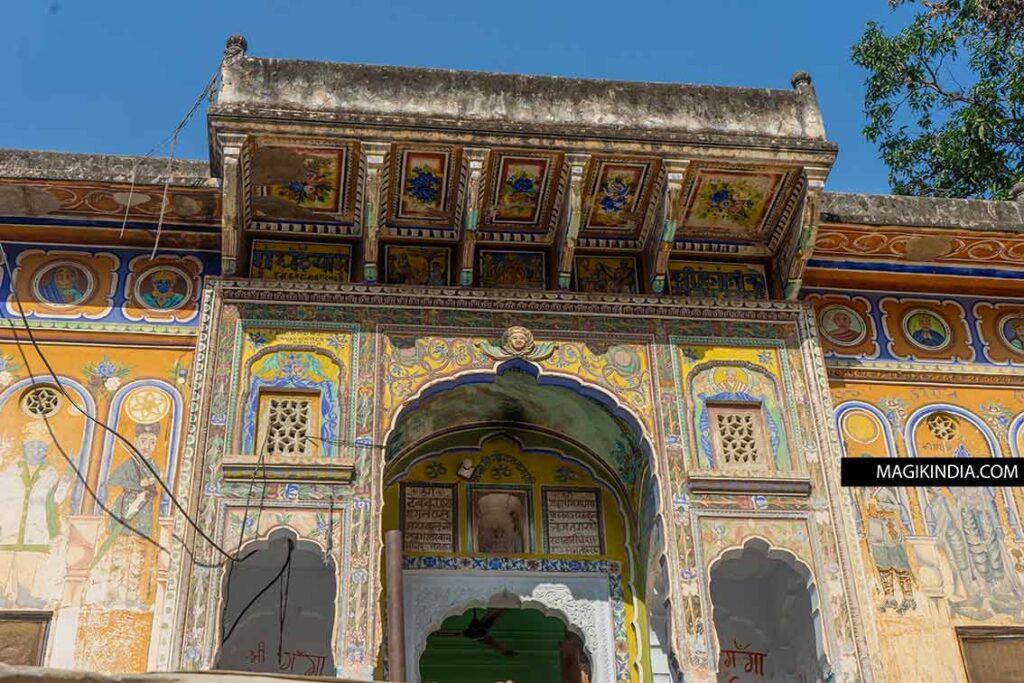
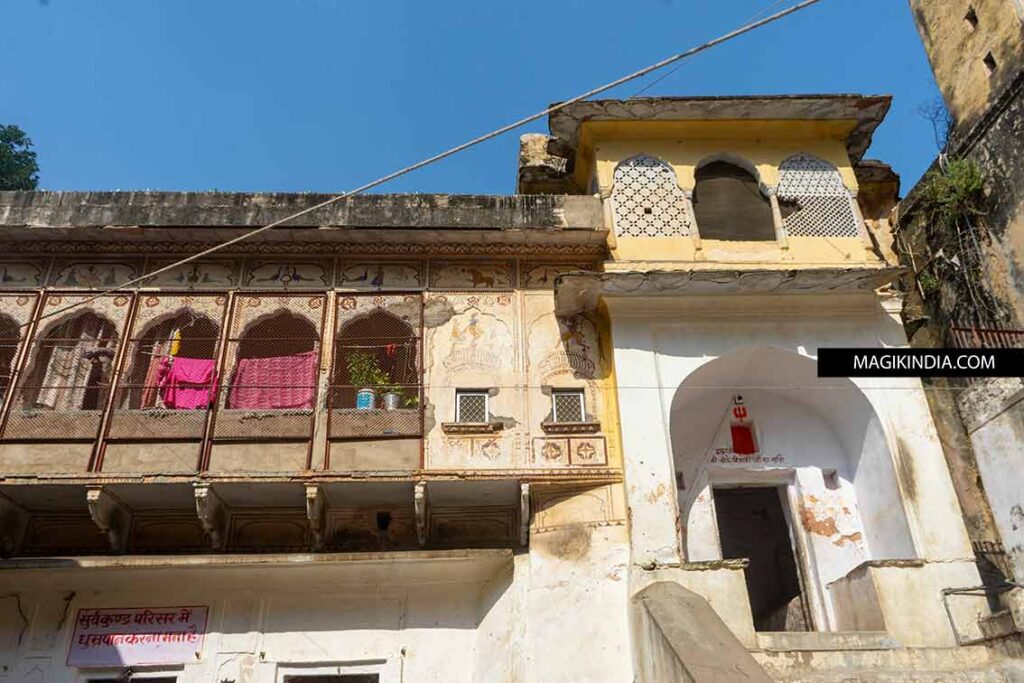
The last few meters to the Surya temple are done on foot through the village’s alleyways lined with souvenir shops and especially vendors of “achaar,” the Indian condiment. It’s the culinary specialty here. Since the main plantation in Lohargal is the mango tree (there are thousands of them all around), the green mango achaar is the most famous condiment.
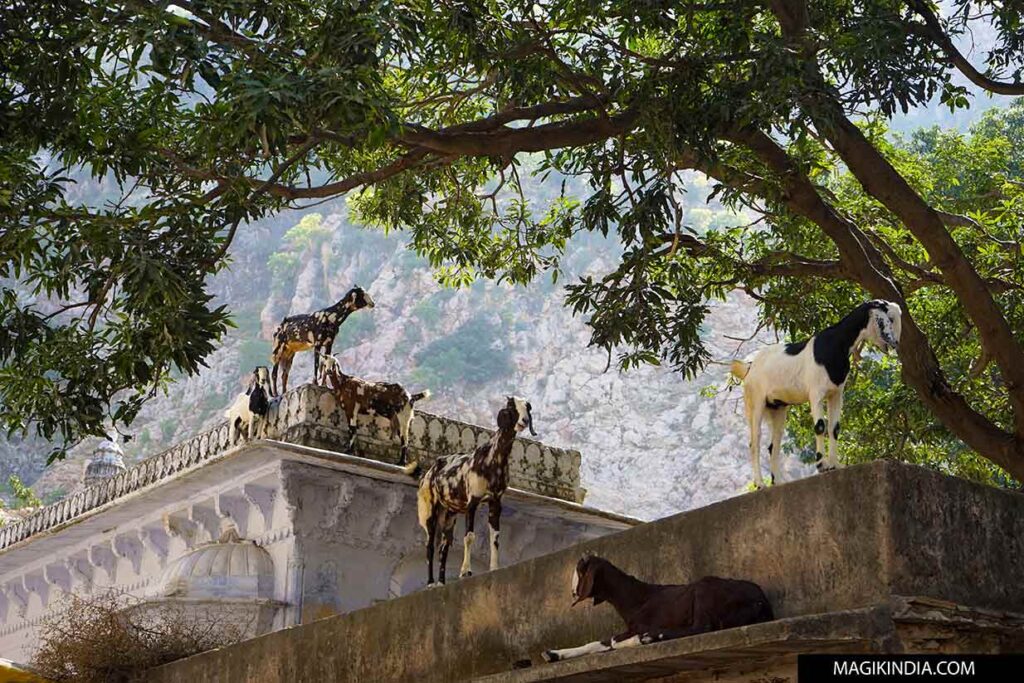
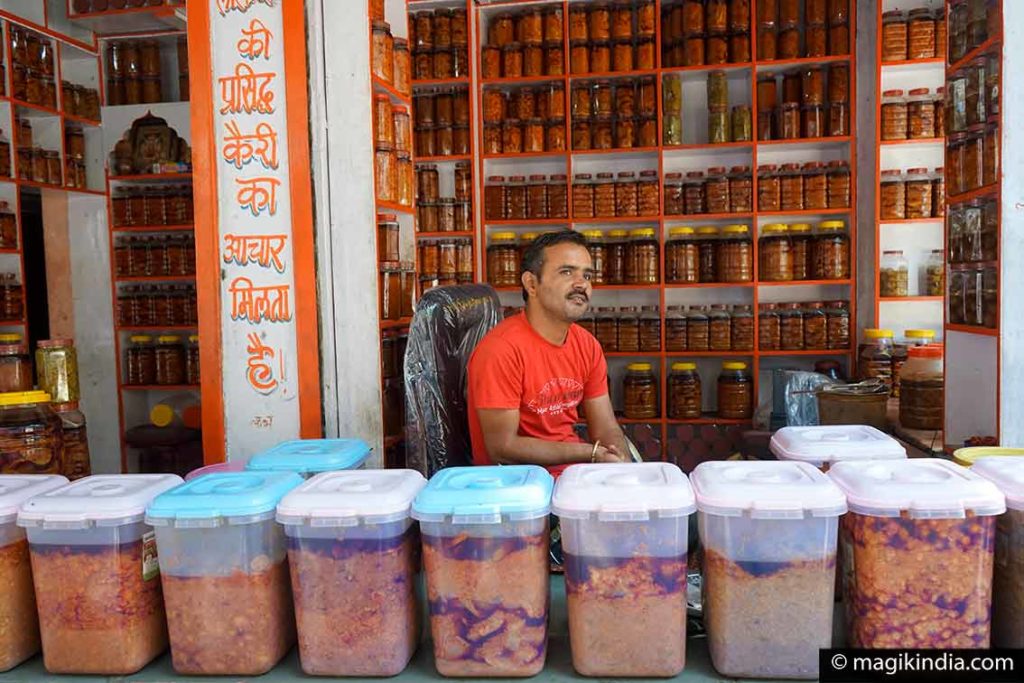
The sacred kund of Lohargal
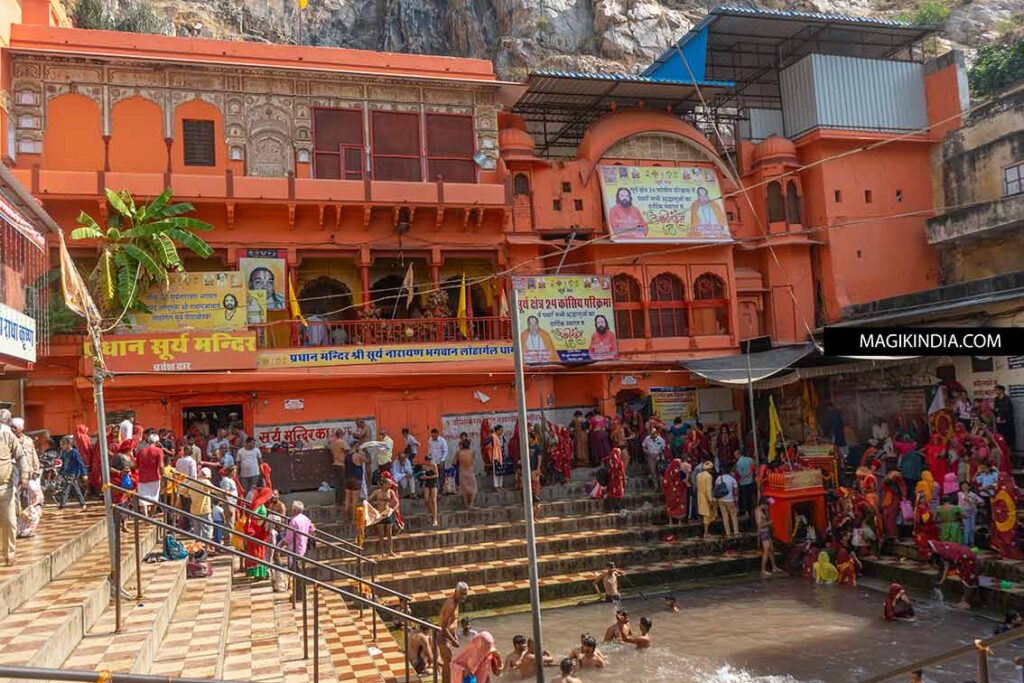
After a short walk, we arrive at the sacred pool (kund). During special ceremonies, it is crowded with pilgrims. This is the case in the month of Shravan (August) or during Kartik Amavasya (November), which marks the beginning of the wedding season. This is also where the faithful come to pay homage to their deceased when they cannot afford to travel to Varanasi or Haridwar.
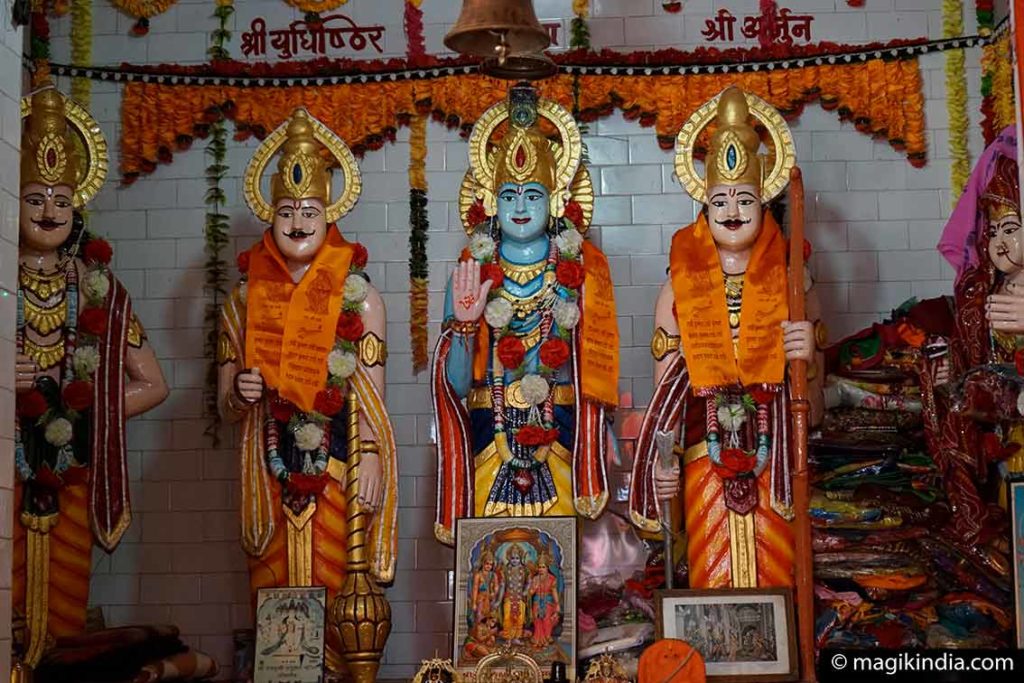
To understand why this place is so popular, we must look at an episode from the epic Mahabharata. After the bloody Battle of Kurukshetra, during which the Pandavas were forced to kill their half-brothers (Kauravas), they were consumed by remorse. On the advice of Lord Krishna, they set out to visit all the pilgrimage sites that could absolve their sins. During their wanderings, they came across the Surya Kund. When the Pandavas dived into the sacred pool to perform their ablutions, their weapons automatically dissolved in the water, signifying their forgiveness. From then on, the place was named “Lohargal,” which literally means “the place where iron melts.”
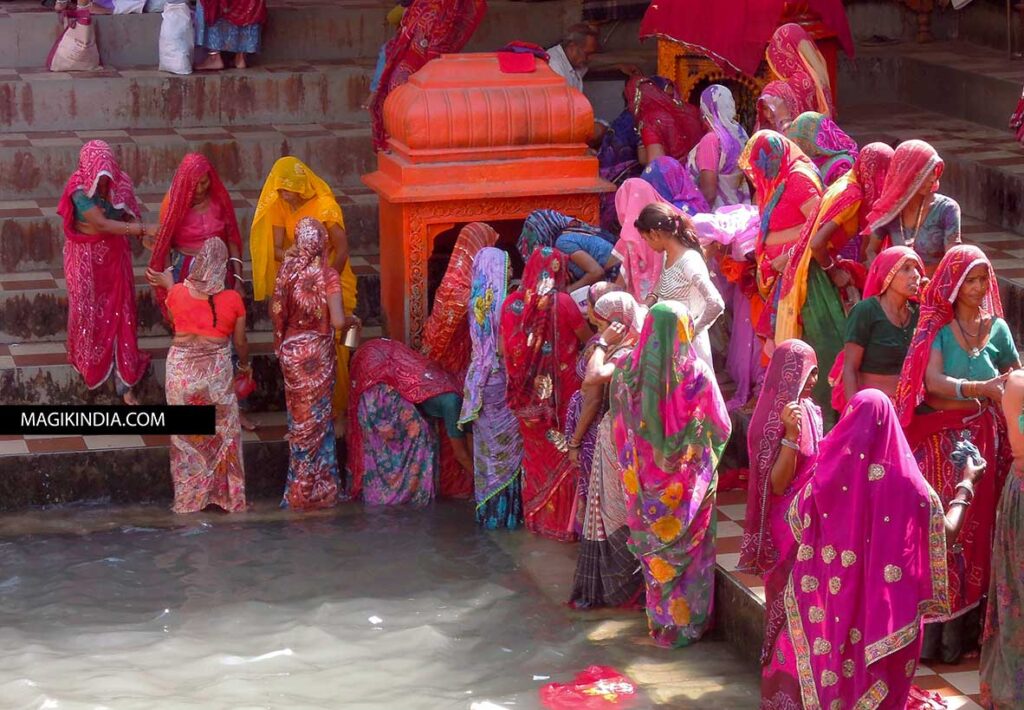
In memory of this story, a temple dedicated to the Pandavas stands just before the Kund. Life-size statues depict the five brothers and their common wife Draupadi. Lord Krishna is placed in the middle. Hindu devotees customarily offer them saris and shawls.
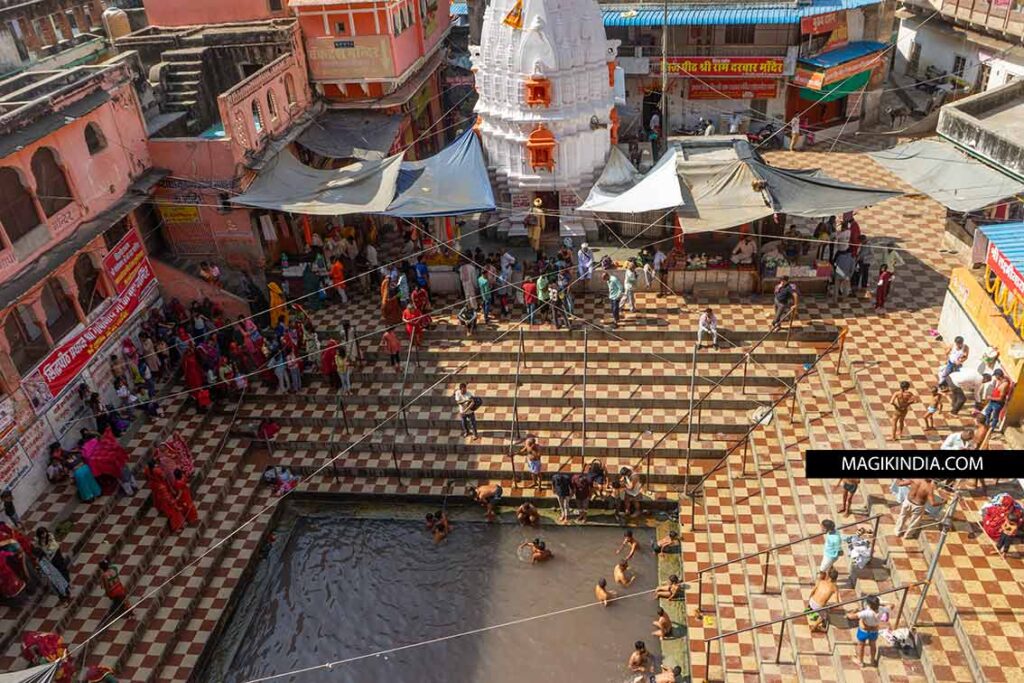
Surya temple, the sun god
The Lohargal Sun Temple is located at the foot of the Aravalli Mountains. It overlooks the sacred pond. Although it has been repainted numerous times (orange on my last visit) and is flanked by unattractive posters of the various gurus of the place, fragments of frescoes can be seen on its left side, proof that it was built as a small haveli.
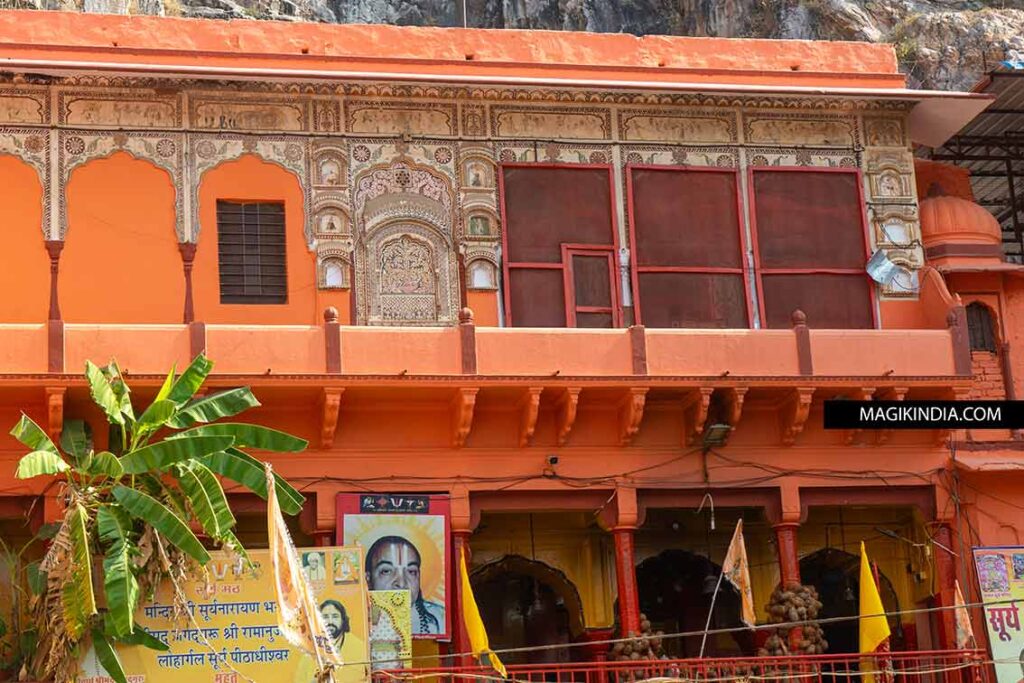
Before entering the main sanctuary, we discover other temples in the backyard; one dedicated to the monkey god Hanuman and the other to Ganga Mata. Between the two nestles a small pond that feeds the Surya Kund. During the monsoon, a huge waterfall cascades down the cliff into this body of water.
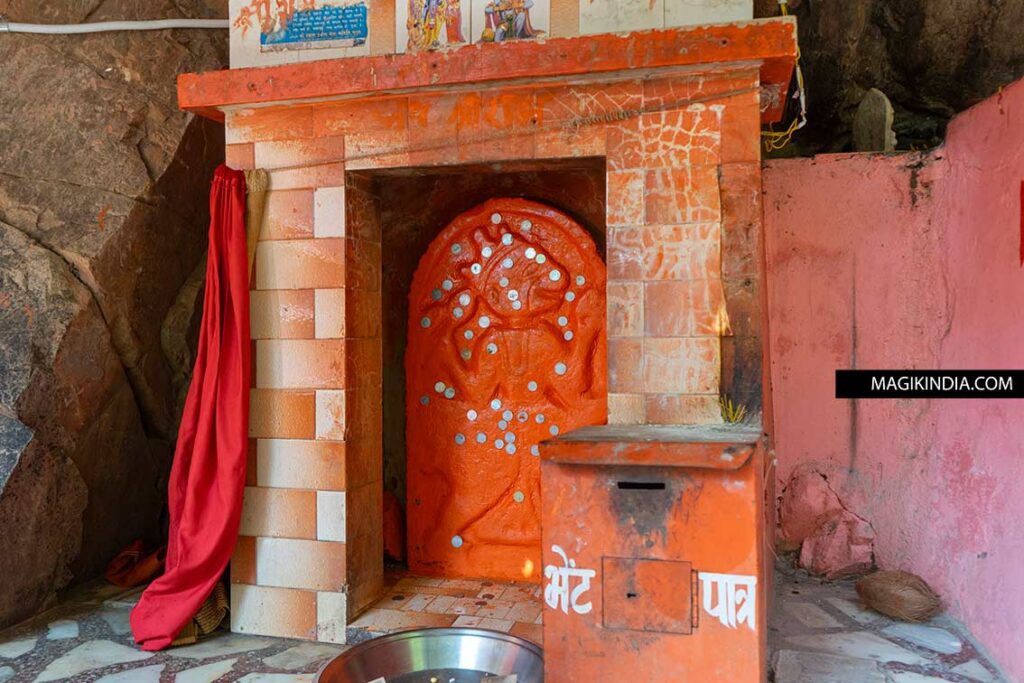
According to legend, the Sun Temple at Lohargal was built by King Suryabhan after his daughter’s disability was miraculously cured by bathing her in the sacred water of the kund.
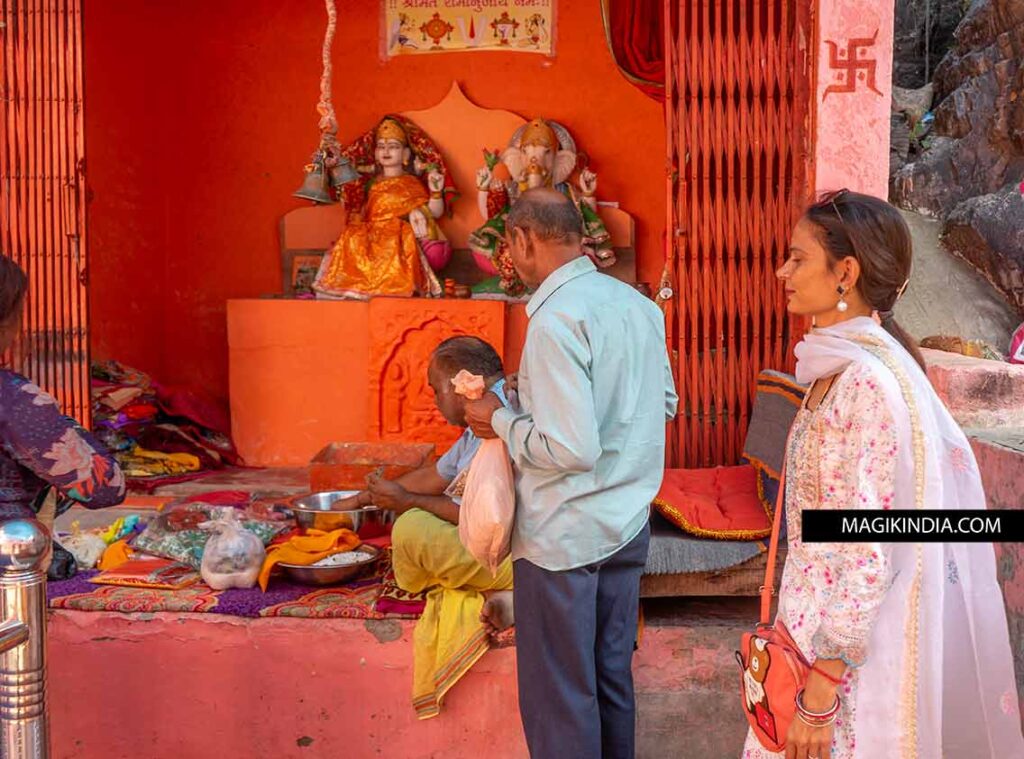
We end the visit with the holy of holies, the temple dedicated to Surya accompanied by his two wives Chaya (shadow) and Suvarchala (luminosity). Some texts add a third wife, Samjana (understanding).
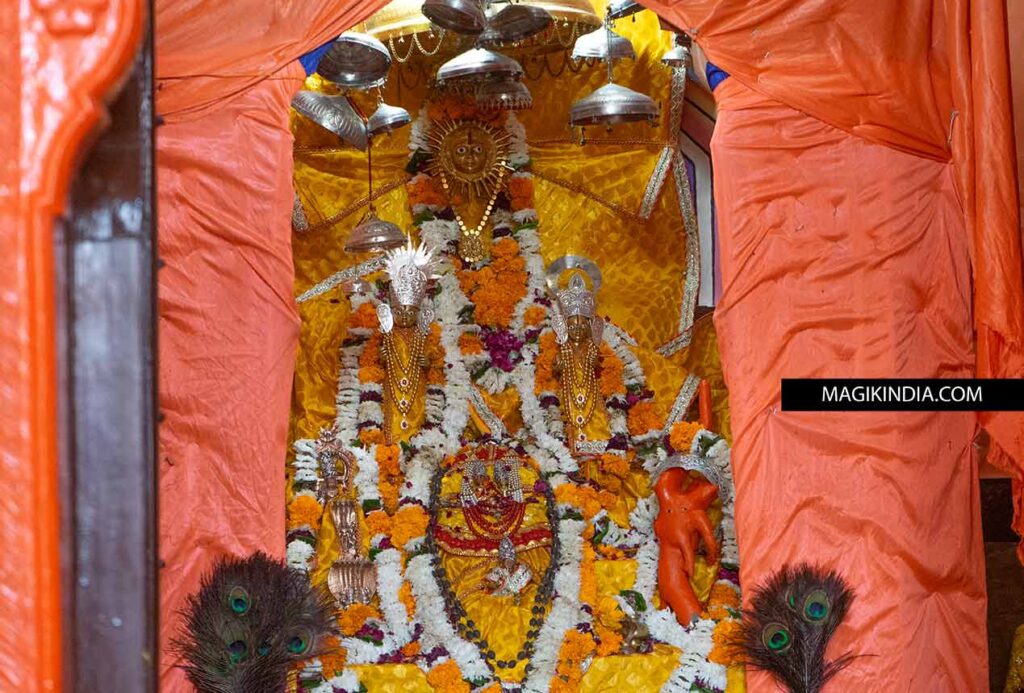
24 Kos Parikrama
Every year, on the day after the Rakhi festival and until Amavasya (the new moon), a parikrama (circumambulation) of 24 kos* (about 70-73 km) is performed for seven days in the Aravalli mountains around Lohargal. The pilgrimage begins with a “Snan,” a bath in the holy water of the Surya Kund of Logargal, and ends in the same way.
*The “kos” is an ancient Indian unit of distance. It represents a distance of approximately 3 kilometers.
The different stages between these two sacred baths are: Gyan Bawdi, Shiv Gora Golyana temple, Chirana, Kirodi, Delsar valley, Kot village, Shakambhari Mata temple, Nag Kund, Tapkeshwar Mahadev temple, Shobhavati, Bara-Tibara, Neemdi valley, Raghunathgarh, Rampura, Khori Kund, Rampura and Golyana.
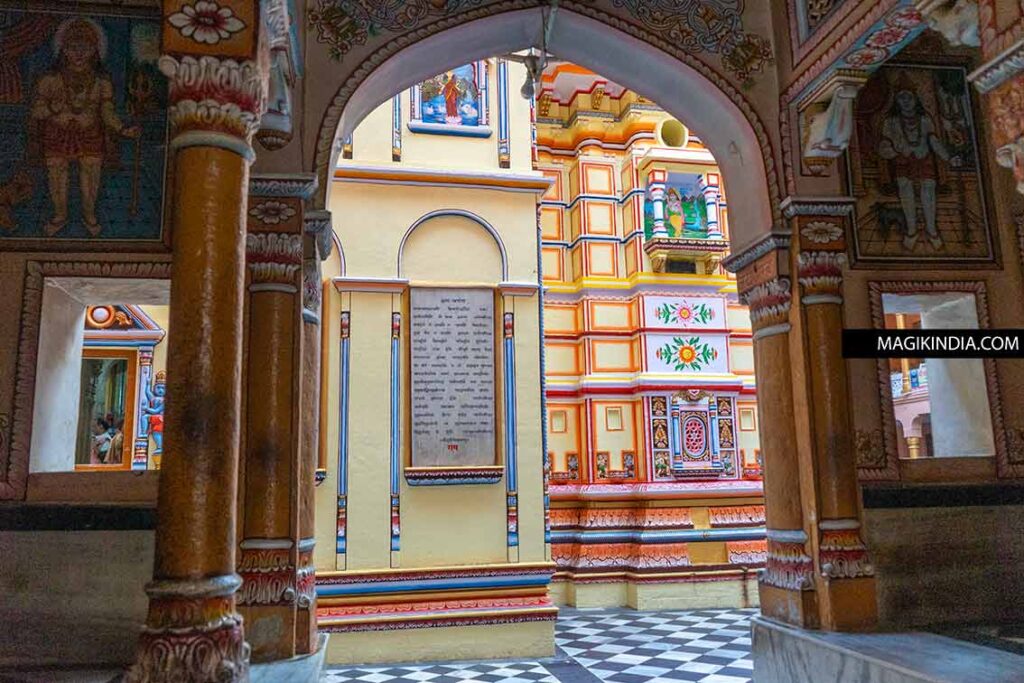
The parikrama is led by Malkhetu ji’s palanquin* carried by the pujaris of Lohargal. Thousands of pilgrims follow in the footsteps accompanied by devotional songs.
*Malkhetu Baba was a holy man considered to be an incarnation of Lord Vishnu.
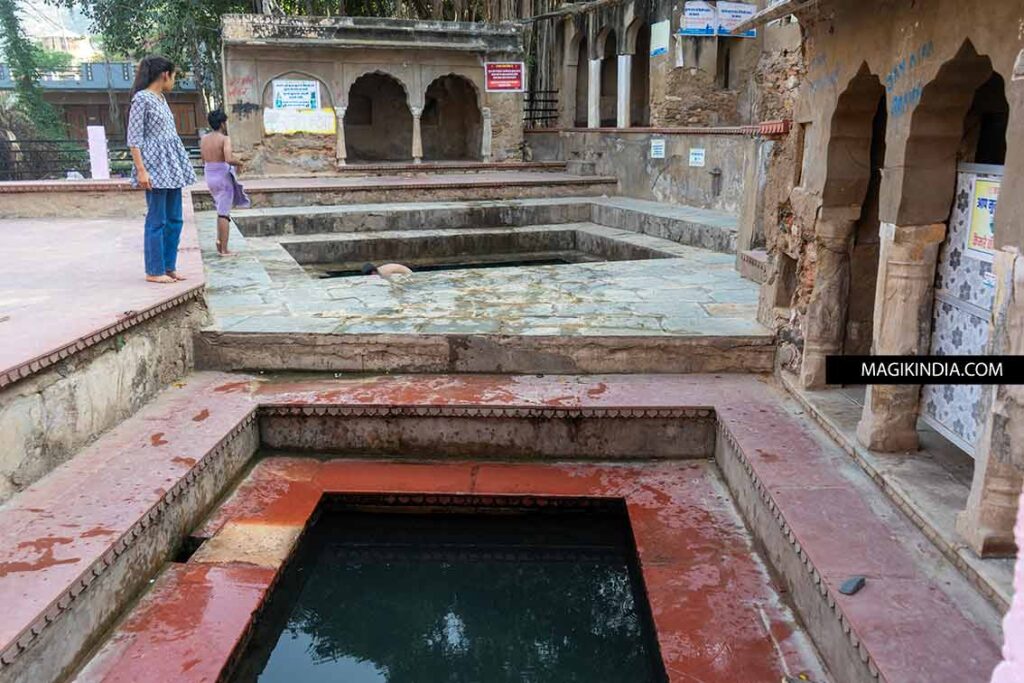
The Lohargal pilgrimage route is arduous, requiring the climb of several mountains. Since there are few or no facilities along the way, the faithful must carry their own food for a week and prepare it on site. They sleep on the ground and shower in pitchers or streams.
I promised myself I’d make this pilgrimage one day. I love the joyful atmosphere and the feeling of “living in the moment” that pilgrimages provide… Stay tuned!
Baba Malkhetu ji temple
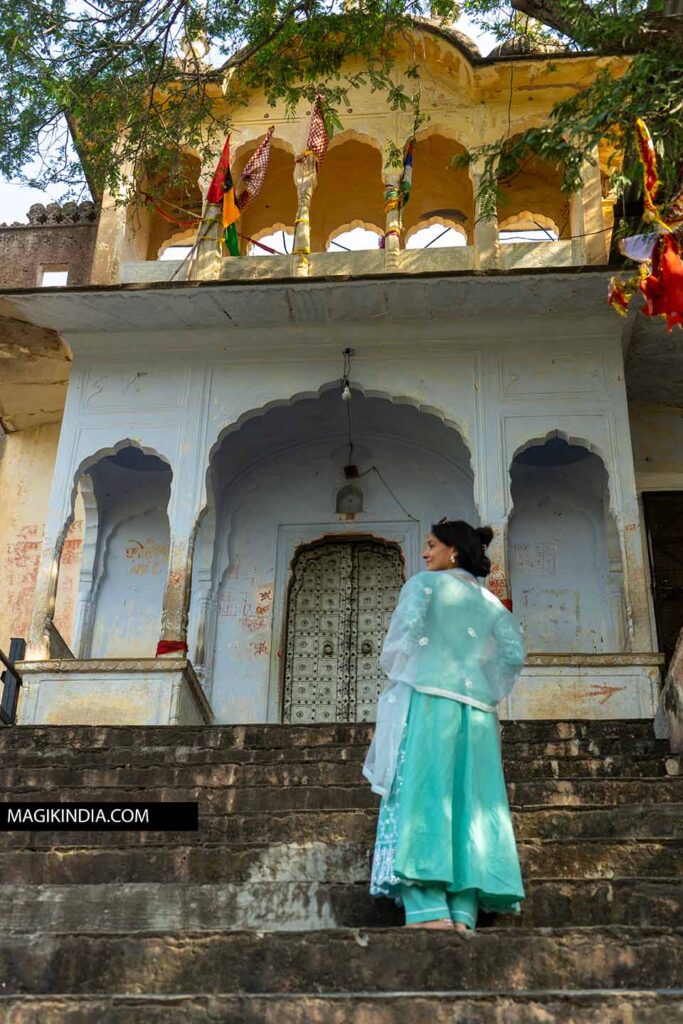
As I mentioned in the previous paragraph, Baba Malkhetu ji is an important figure in Lohargal. His temple, perched on a hill about a hundred meters from the Surya Kund, is a must-see site.
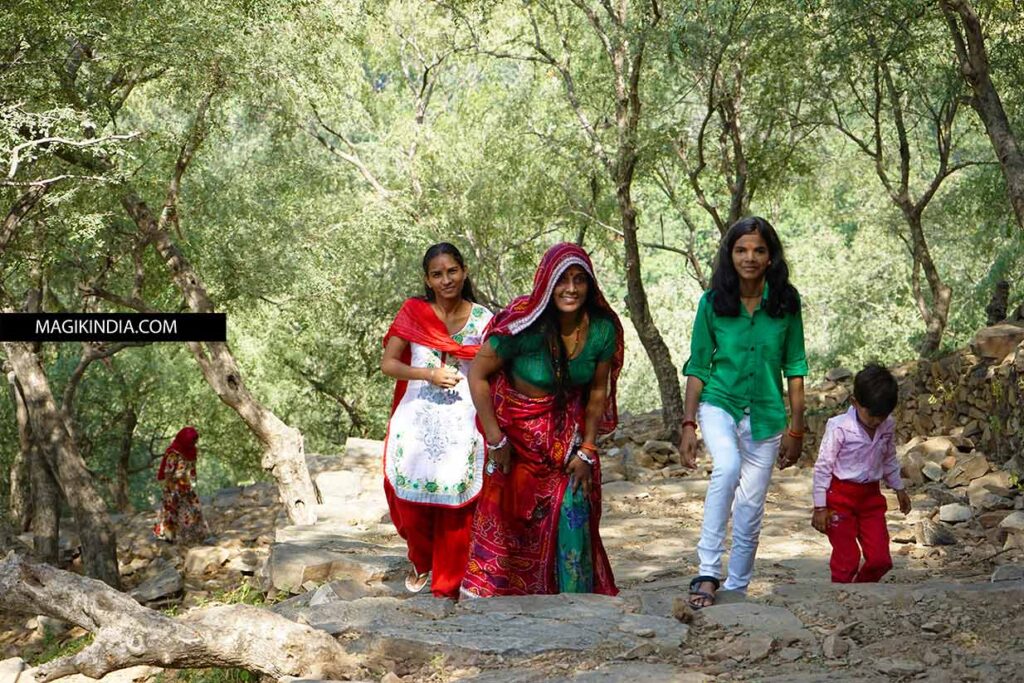
To reach it, you’ll have to climb 400 paved steps. The path is wooded and offers superb views of the surrounding mountains and Lohargal. It’s also a great opportunity to chat with other pilgrims along the way.
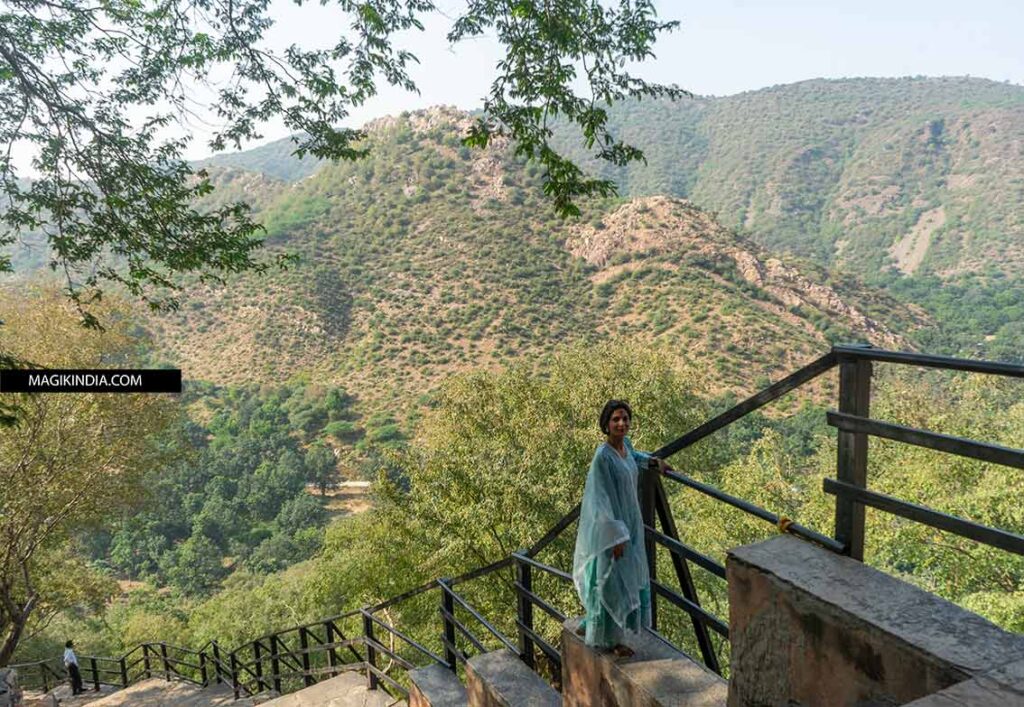
Malkhetu Temple houses idols of Naag Devta, the serpent god, and Baba Malkhetu ji. Make sure the temple is open before you make the climb!
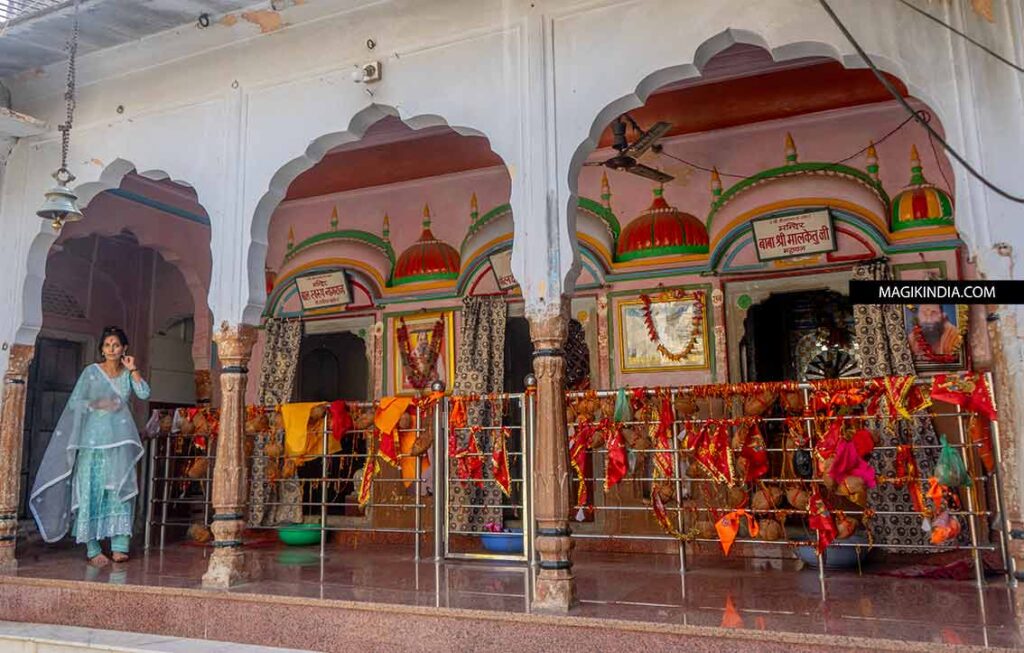
Barkhandi Baba, The highest peak of Lohargal
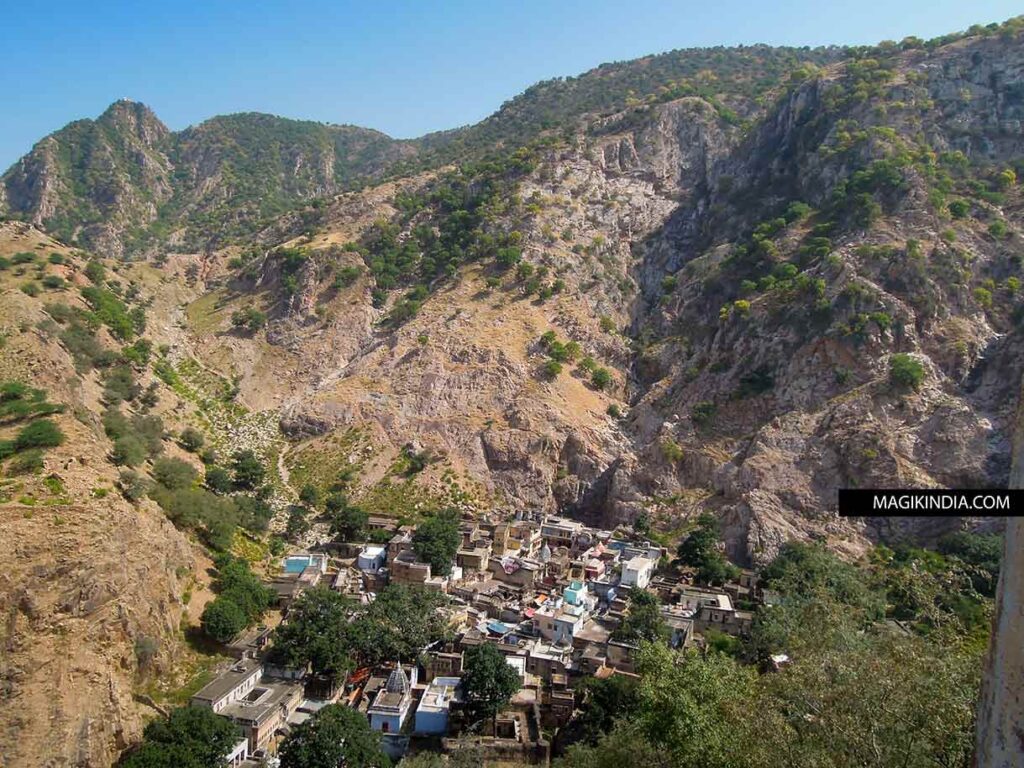
If you’re fit, plan a day in Lohargal and hike to the Barkhandi Baba Temple perched on the highest peak in Lohargal. This place gets its name from a hermit who spent his entire life meditating on this mountain. Even today, a sadhu lives there as a recluse.
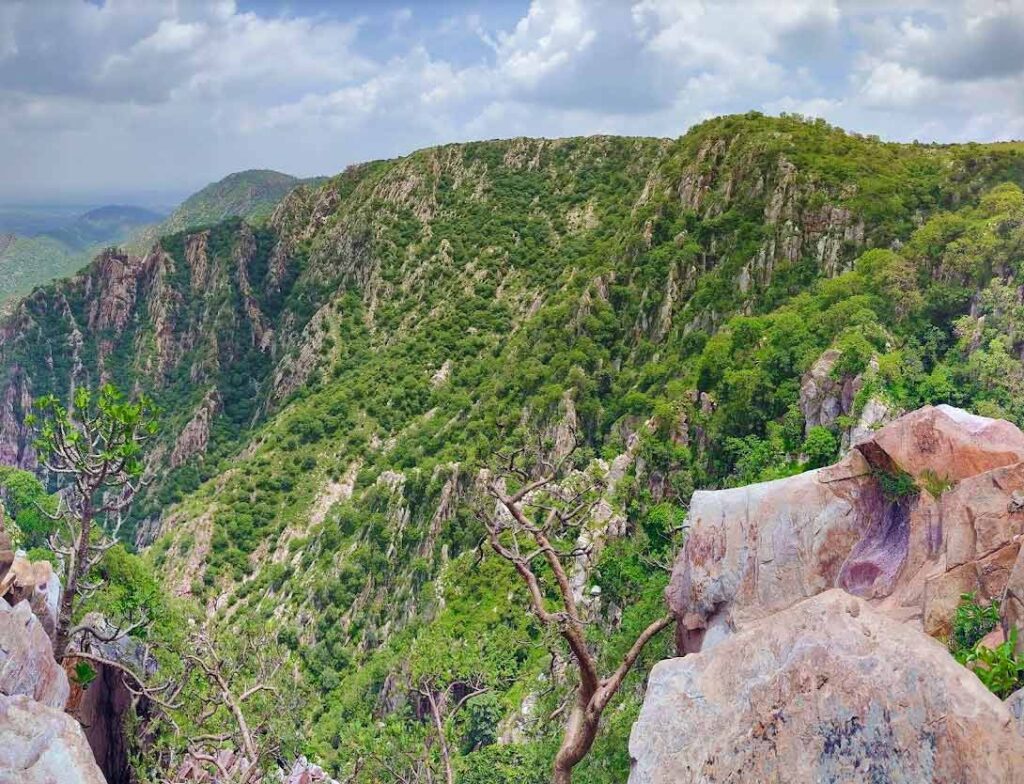
The path to the temple is challenging and winds through rocks and sparse vegetation. The view is breathtaking. Plan the trek after the monsoon season (September) to avoid downpours while still enjoying the lush landscapes.
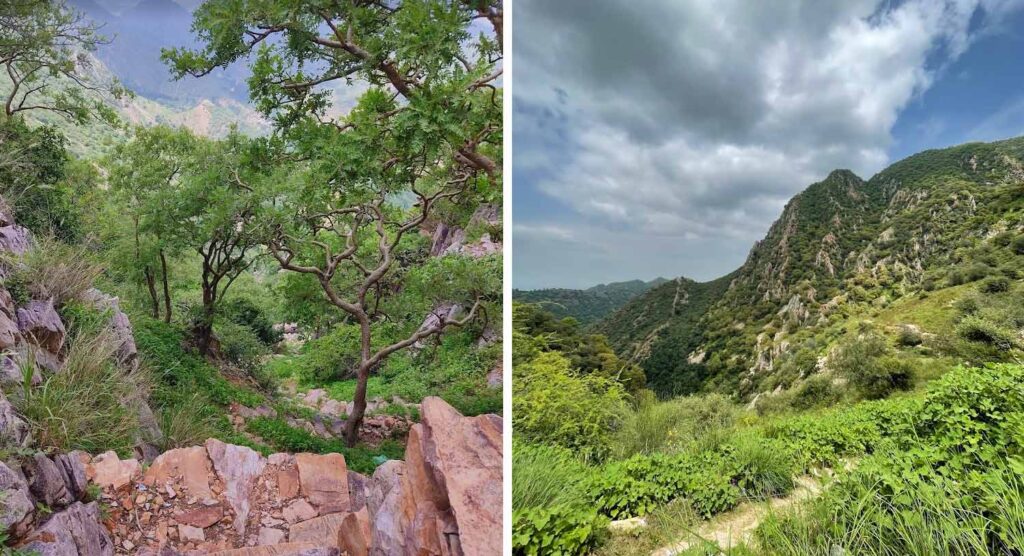
Lohargal is one of the pearls of Shekhawati. We invite you to come and discover the other treasures of this region accompanied by a cultural guide. See you soon!
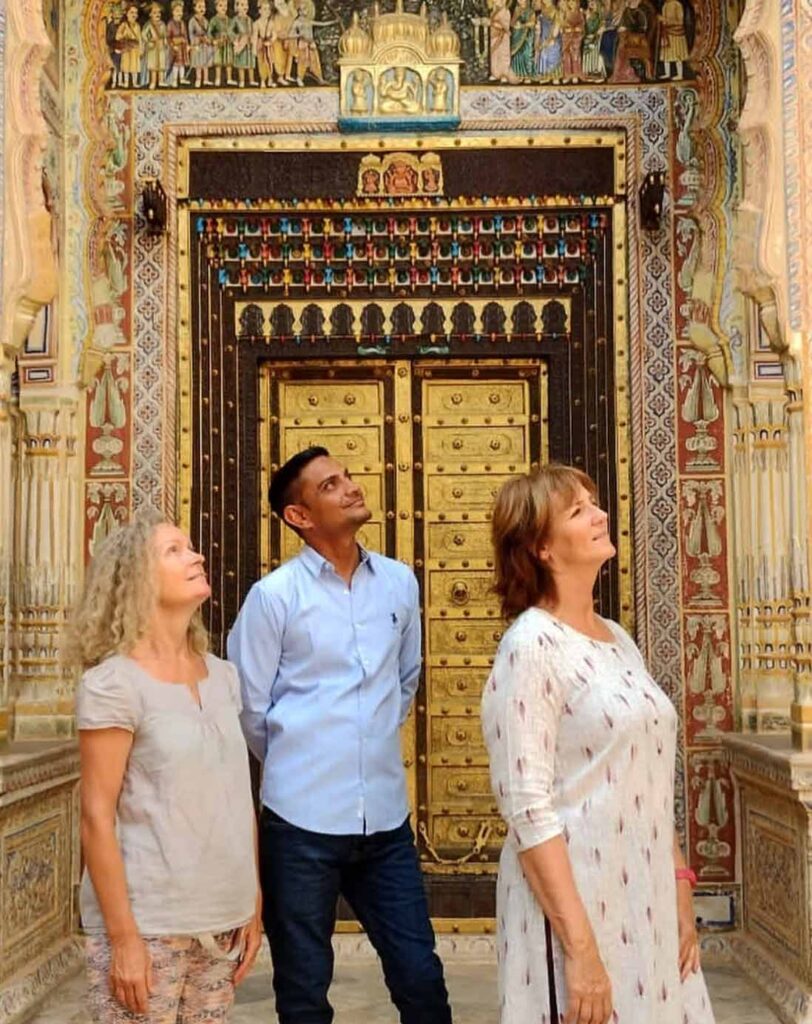
Dinesh Sharma, a native of Nawalgarh, is one of the best official cultural guides of the Shekhawati region and the co-director of MATHINI TRAVEL. With over 10 years of experience in the tourism industry, there’s no corner of Shekhawati that escapes him. He’s eager to share his passion for this unique region of India with you.
Whatsapp: +91 9509122902

